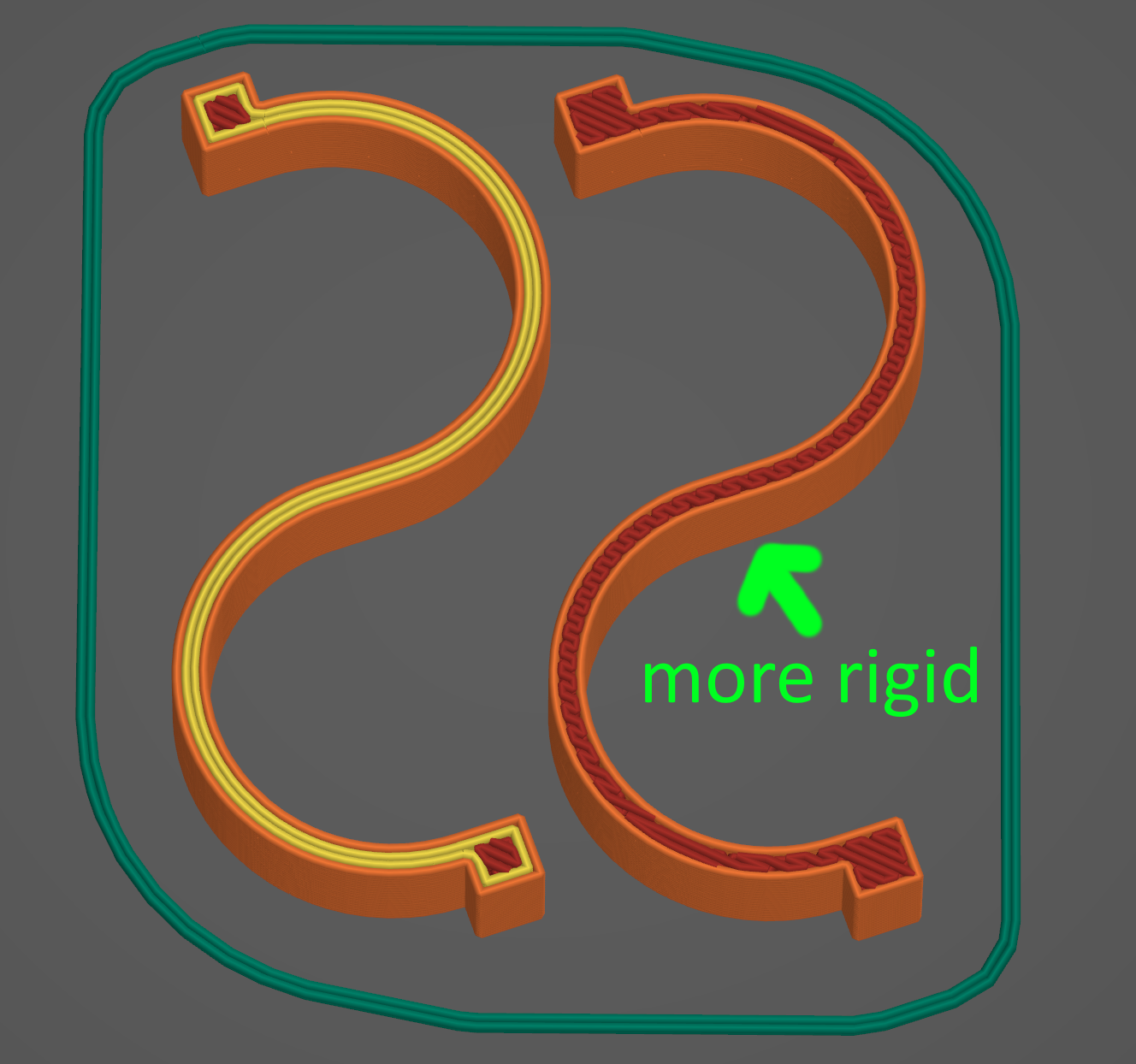3DPrinting
3DPrinting is a place where makers of all skill levels and walks of life can learn about and discuss 3D printing and development of 3D printed parts and devices.
The r/functionalprint community is now located at: or [email protected]
There are CAD communities available at: [email protected] or [email protected]
Rules
-
No bigotry - including racism, sexism, ableism, homophobia, transphobia, or xenophobia. Code of Conduct.
-
Be respectful, especially when disagreeing. Everyone should feel welcome here.
-
No porn (NSFW prints are acceptable but must be marked NSFW)
-
No Ads / Spamming / Guerrilla Marketing
-
Do not create links to reddit
-
If you see an issue please flag it
-
No guns
-
No injury gore posts
If you need an easy way to host pictures, https://catbox.moe/ may be an option. Be ethical about what you post and donate if you are able or use this a lot. It is just an individual hosting content, not a company. The image embedding syntax for Lemmy is 
Moderation policy: Light, mostly invisible
view the rest of the comments

No, that shouldn't be obvious. First of all, the reason a bundle of hair is stronger and stiffer than a rod of equivalent area and material, is not necessarily applicable at the scale of 3D printing layers (there should be an effect, but it gets much more prevalent in smaller scales). Then second, your example with the CFRP Sandwich Panel is not really correct. A full thickness CFRP plate is going to be stiffer and stronger than a Sandwich panel. Will it be much heavier and much more expensive? Yes! Will it be stiffer and stronger? Yes, a little bit. Only specific properties (so, per kg or per dollar) are improved (and by significant amount). Also the core has to withstand out of plane shear in addition to compression and the bending stiffness is highly dependent on this shear stiffness. My assumption for OPs effect is, that the criss-cross pattern is stiffer than the interlaminar shear stiffness of the individual 3D printed layers (but thats just a guess, could also be a quality aspect). This is not true for CFRP Sandwiches. CFRP interlaminar shear stiffness is much higher than of the core material (at least in general). Sorry, don't want to come across as an ass :)
Everything you say is correct and, to me, obvious and was never disputed.
I think the hair analogy fits this case, obviously it is not 100 % the same.